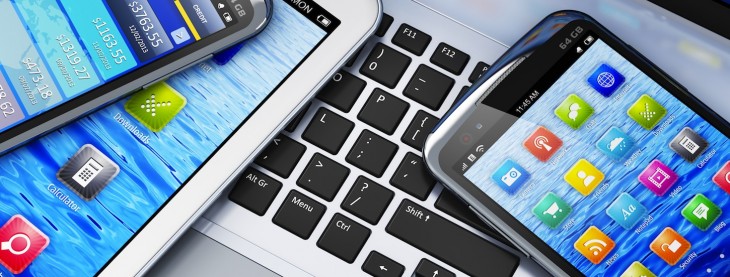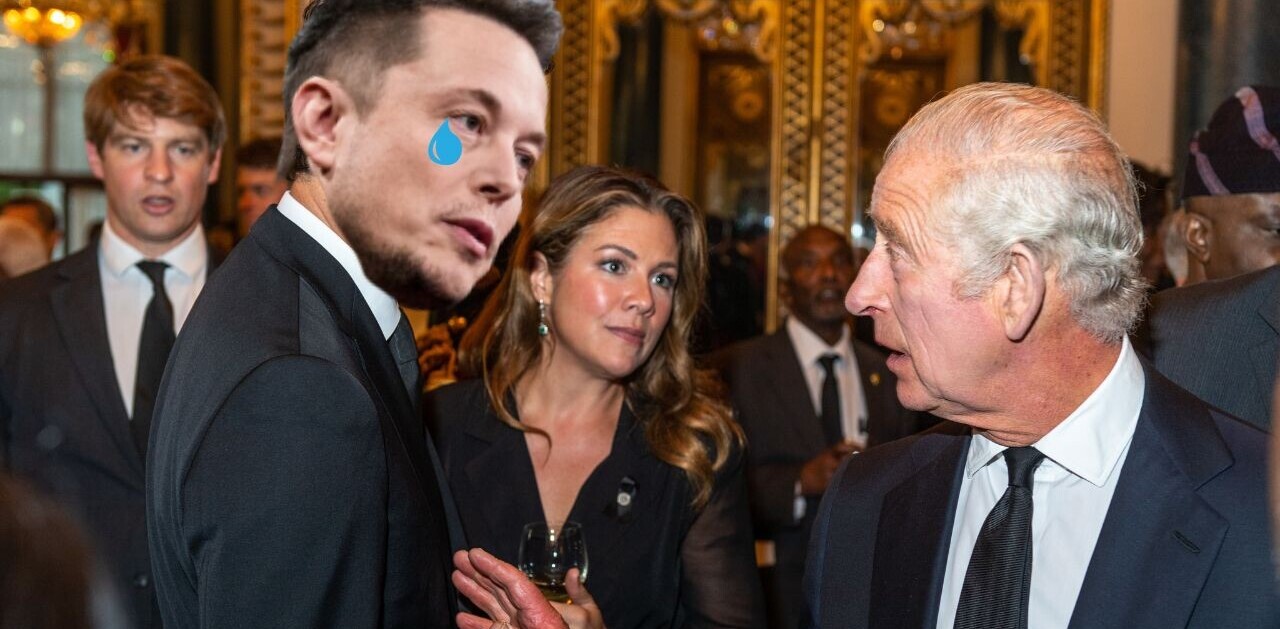
Nick Cicero is the Director of Client Strategy at Expion. This post originally appeared on the Expion blog.
It’s that time of year when kids go back to school, football is starting, baseball is ending, Mr. Autumn Man is walking down the street with his coffee, and television’s top shows come back for their big premieres.
At this point, it’s pretty well-documented that Twitter has been positioning themselves in the mind of network execs as a platform complimentary to TV, and user numbers seem to support their claims.
In fact, 85 percent of users active on Twitter during primetime TV hours tweet about TV, with 66 percent saying they like to see Tweets from official show accounts according to a survey from FOX, db5 and Twitter in May.
Seeking to dig deeper into the relationship between a show’s Twitter strategy and its viewership, Twitter announced results of a data study that looked at two groups of like programs, ones that made live-Tweeting an active part of their strategy, and ones that did not.
By looking at both they were able to identify some key trends and benefits that digital teams inside of media and entertainment companies can take advantage of:
Live-tweeting lifts Twitter conversation
- Live-Tweeting from cast members during show premieres had 64 percent more Tweets that day compared to programs that did nothing.
- Shows that live-Tweeted from the official handle also saw a 7 percent increase over those that did nothing.
Live-tweeting lifts follower growth rate
- When a program is on the air, and DOES NOT live-Tweet, there is a 6.5x lift in follow rate for the show’s official account
- When a show DOES live-Tweet, that lift increases 15 percent, to 7.5x.
- When a cast member live-Tweets, their follow rate increases 228 percent to 12.2x .
Now while all this research is great, it’s really supporting a gut belief that many TV marketers already realize. The problem (and reason why more TV shows aren’t participating) is a lack of knowledge into the most effective strategies for audience building online, and the miscommunication that occurs between marketing and production teams as a result.
So how can TV social teams take advantage of the benefit that comes from increased communication on Twitter?
Next: The four steps, in details
4 tips for maximizing engagement on Twitter with your TV audience
1. Make social sharing easy for your cast and crew
According to Twitter, “the most direct way to make an impact through live-tweeting is through the cast members. They’re your greatest asset.”
Most notably, ABC’s Scandal flooded Twitter with conversations during broadcasts, using hashtags like #AskScandal to connect audiences to the star Kerry Washington, creator Shonda Rhimes and the rest of the show’s cast, writers, and even makeup artists in real time.
The problem is TV stars (and celebrities in general) are not always the easiest to motivate when it comes to getting them to tweet for themselves. That’s going to take some work, but the best way to solve this problem is to bring the digital team into the production process as early as possible.
Set up a season strategy guide and kickoff meeting for cast members, directors and even crew. Tell the production team the story of their audience members online. The social team probably has a much better view into real conversations taking place, so provide those insights back to the cast and crew to take into account as they’re engaging.
In your strategy guide, include a look into what the show’s branded accounts are doing, official hashtags (and fan hashtags) and let them know that the team is there to regularly provide them with assets to share on their accounts (even going so far as including pre-written, suggested tune-in tweets if you have to).
If you can, connect your cast accounts into your social relationship platform. Often times cast members (or their assistant/personal community manager) get to slacking on posting, or in many cases are just not good at creating and engaging in social.
A social relationship platform enables a network to push content directly through the cast member’s Twitter and Facebook accounts in these cases, in addition to gaining access to the invaluable data around that particular cast member’s social channels.
Other ideas are simple, you could set up a live-tweeting schedule and assign different people to different episodes and work with them directly. Even more fun, if you can get your team together why not host cast/crew parties where everyone watches and and tweets together?
2. Anticipate social story lines
A tweet is both the new applause and the new boo. Why not anticipate (and prime) these emotions?
Work with production teams to find potential “tweetworthy moments” ahead of time. Lay out the types of keywords people might say to anticipate those results. Listen for those moments and reactions to them using social listening tools.
Plan your live-tweeting and moderation around these moments, set up moderation streams inside of your moderation software to easily segment tweets about your show based on keywords that determine sentiment, intent, interest in a certain character, the possibilities are really endless.
Make a gameplan that actually schedules out those peak moments for the community team to prep for in advance. Write it down on paper if you have to, no different than production teams have shot sheets.
For example, If your show airs at 8 pm and it’s an hour long, and you know that roughly around the 5, 10 and 40 minute mark (give or take for commercials) are these “tweetworthy moments” you might want to list those out so you can plan content and prep for a rush of conversation during those times.
There are a lot of ways you can execute on these “tweetworthy moments.” Aside from live-Tweeting staples like photos, videos and text-based tweets, a reality show might set up a social poll to tweet out to their followers at the height of an episode that speaks directly to a moment in the show.
3. Create winning moments by identifying high impact conversations
Influence is real, and some conversations are just flat-out more engaging than others, there’s no way around it. In fact, the entire Twitter report basically supports this argument by telling social TV marketers to get their stars involved.
This relationship goes both ways, not only do influential cast members hold weight, but so do celebrities and other influencers also talking about your show online.
Let’s be real, top TV shows generate a TON of tweets in the one hour a week that their show might air. It’s almost impossible to respond to each and every tweet in real time, and even tougher for a TV show’s community team to decide who to respond to and about what.
That’s why I believe that TV community managers should be looking to surface high-impact real-time conversations (scored by combining the amount of engagement and true reach) that can result in an instant social lift for a TV show, or what I call “Moments of Spontaneous Conversational Combustion.”
Put simply, the faster you can respond to high-impact discussions, the more opportunities you have to boost viral discussions around your TV show.
So if Taylor Swift is talking about Sharknado, and SyFy responds to her, two massive overlapping audiences are seeing a public conversation play out in real time, increasing the likelihood of different audiences jumping into the conversation adding to the ripple effect.
And while Taylor Swift loving Sharknado is definitely awesome, any tweet from any user with any follower count can spark a high-impact discussion. A good social strategy (combined with Twitter’s improvements to the product through threaded comments, etc) encourages the audience to have their own discussions.
4. Build a team of passionate players
Assign community managers (either internally or at your community agency) to shows they have interest in. Your community manager is spending all day and night immersed in story lines, so that constant mutual excitement helps build deeper bonds with the audience and also helps your community manager to avoid burnout because they’re actually having fun.
TV is highly polarizing. When you love a show you love it and can talk to anyone about it (people still talk about Lost and it ended like 5 years ago, I am one of those people).
Execution is everything. You can’t expect to build a raving fanbase online about a TV show without having some great community minds behind your audience development who share that same passion. That’s why you need to hire amazing talent.
TV Networks are already reaping huge benefits from social engagement
We are already seeing TV networks engaging constantly in social with tremendous success. Aside from ABC’s Scandal mentioned earlier, SyFy dominated social conversation with Sharknado 2 this summer and it resulted in an increase of 1.9 Million viewers from the first Sharknado.
As Bloomberg put it, “1.6 million more people watched Sharknado than watched the most recent season premiere of Mad Men and a full 1 million more than the season finale of cult hit Community.”
So is your network primed for social engagement? If you haven’t started now, you’re behind. The distribution of content is only starting to really diversify. Decentralized platforms enabling viewers to watch wherever and whenever they want like Netflix, Hulu, WatchESPN, HBO Go and even basic DVR are breaking the traditional discovery model that network executives have been used to for 50 years.
As video becomes more fluid online, social engagement will become essential to finding and retaining loyal viewers for a show, as some have even said, social media is the new TV guide.
Don’t get left behind.
Read next: What Aereo should do to stay alive and innovate the TV industry
Get the TNW newsletter
Get the most important tech news in your inbox each week.








